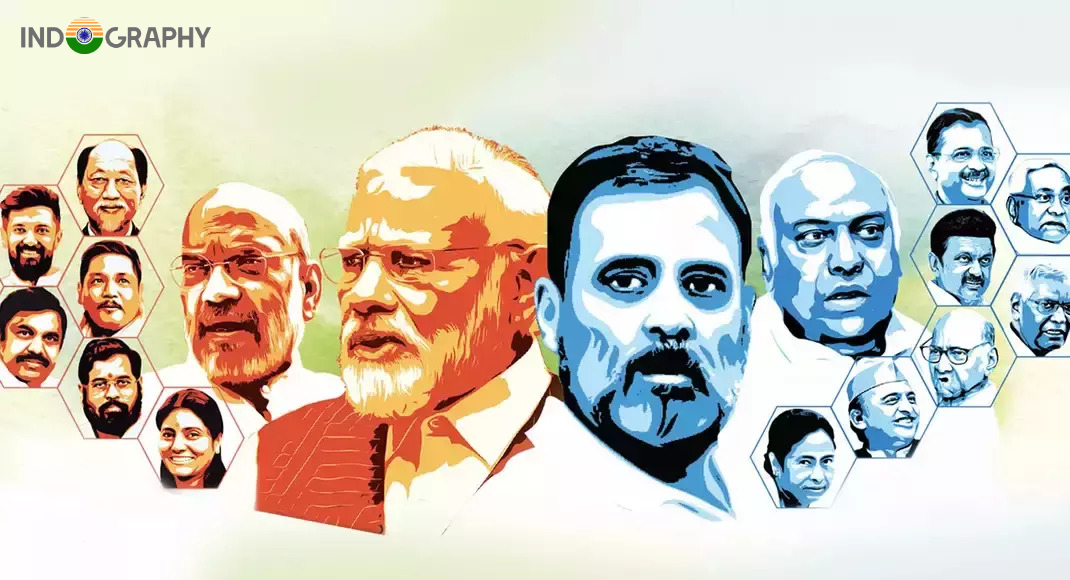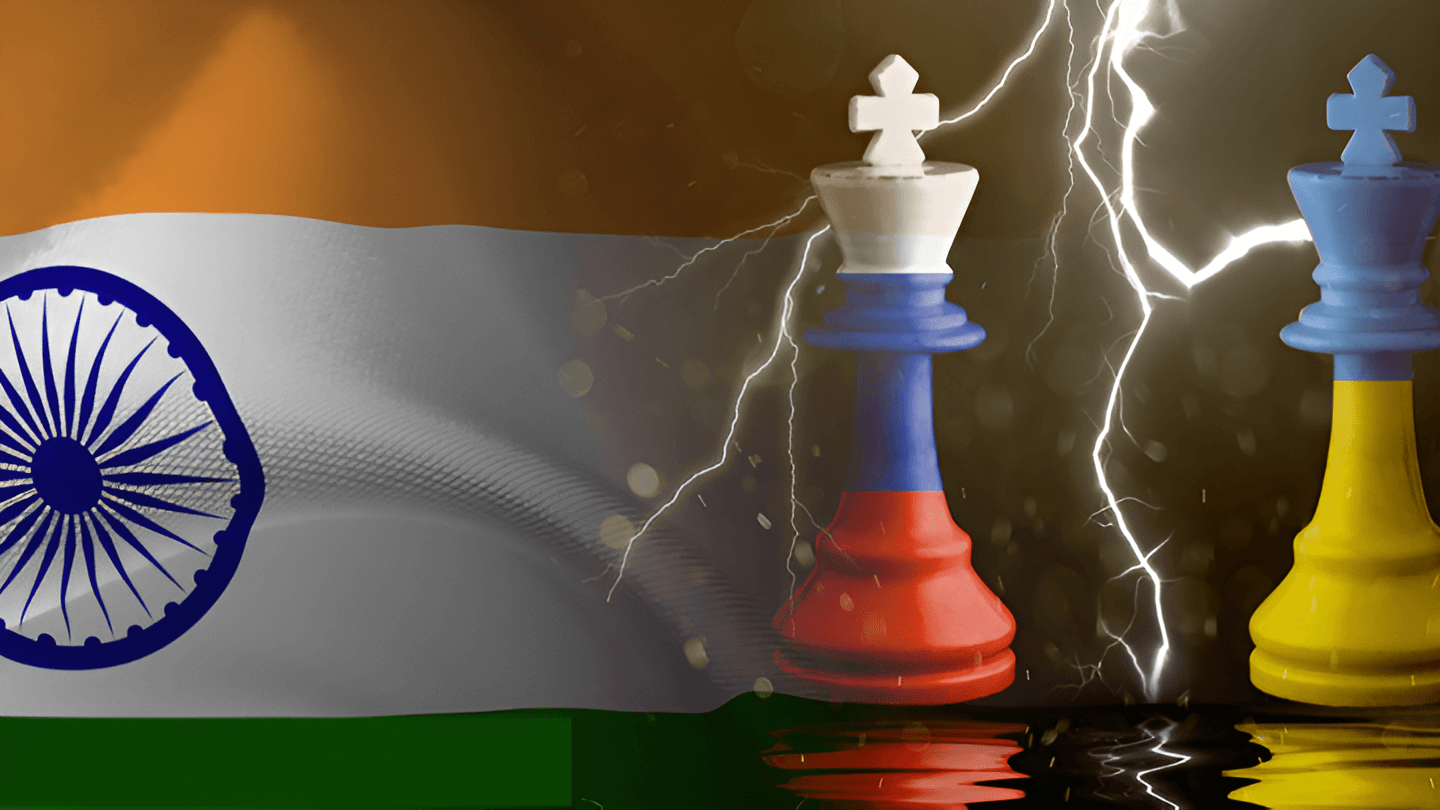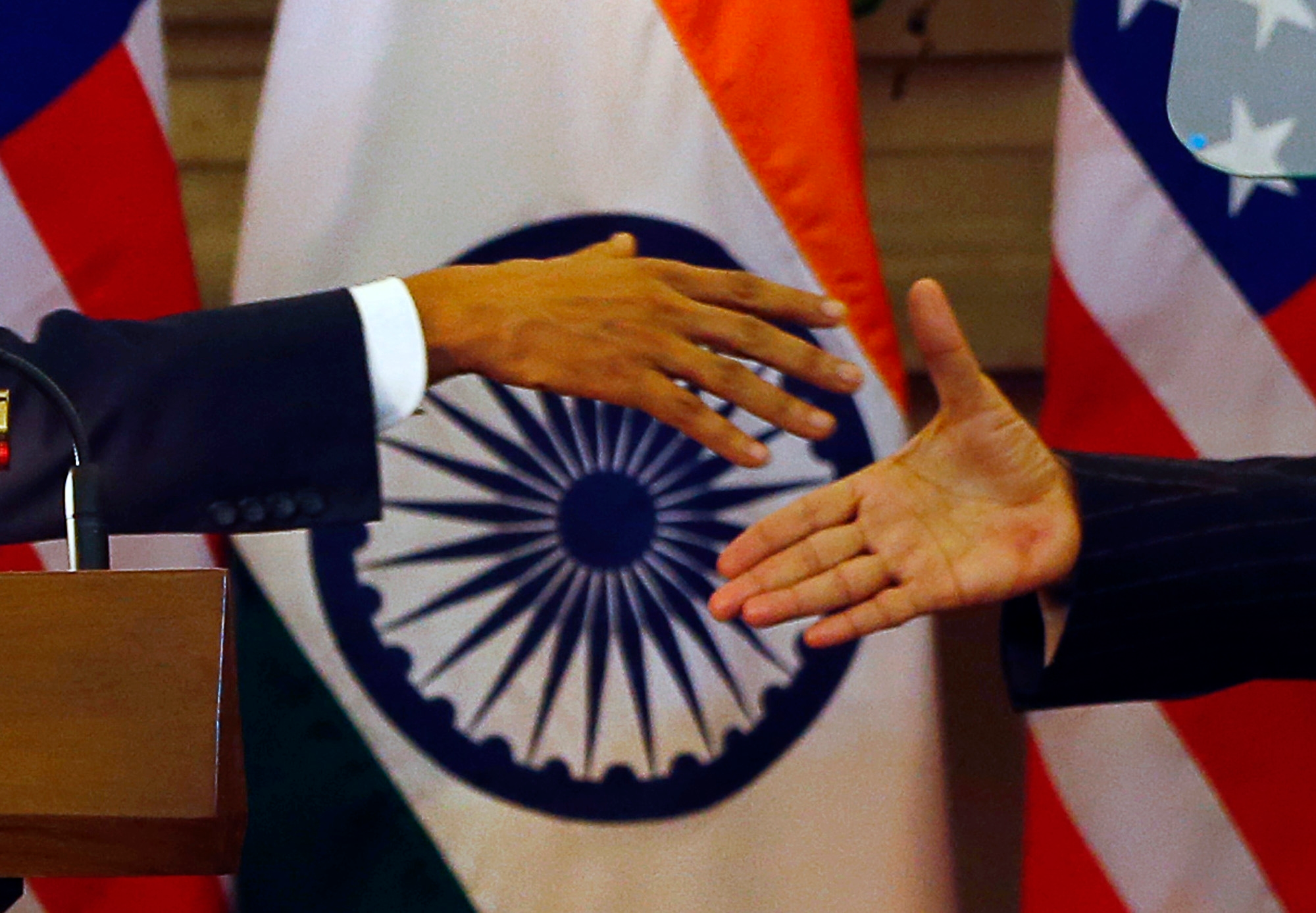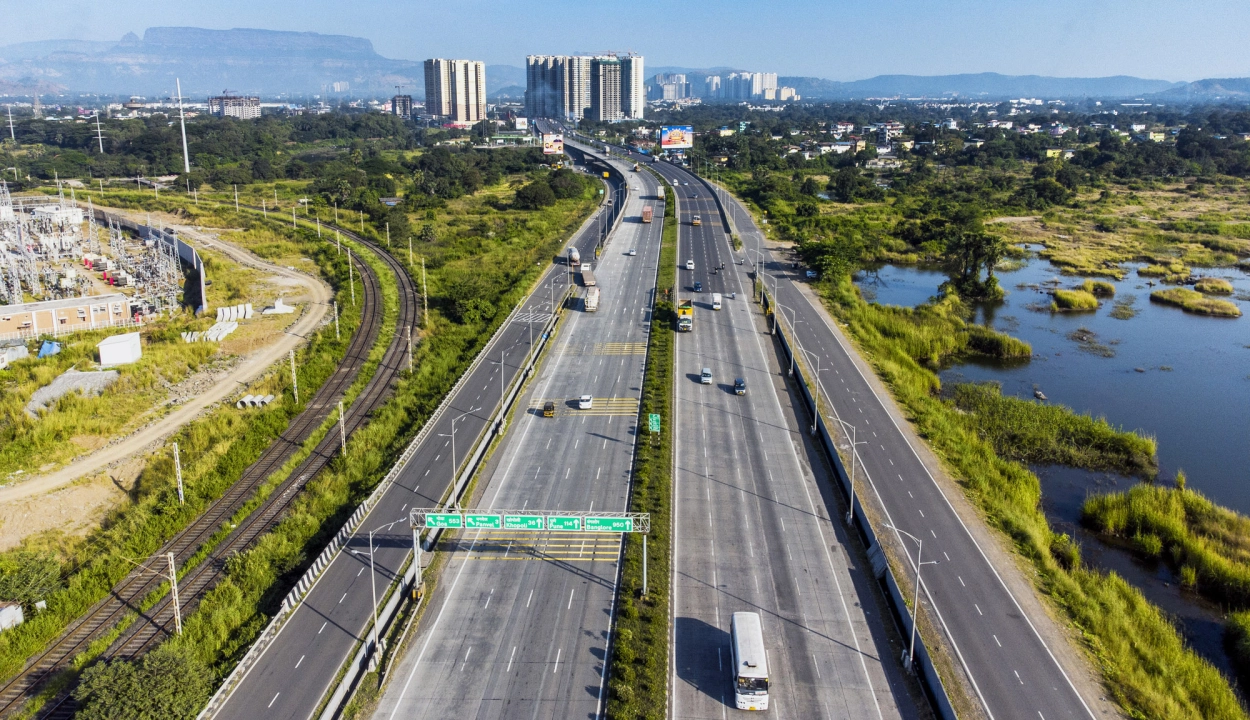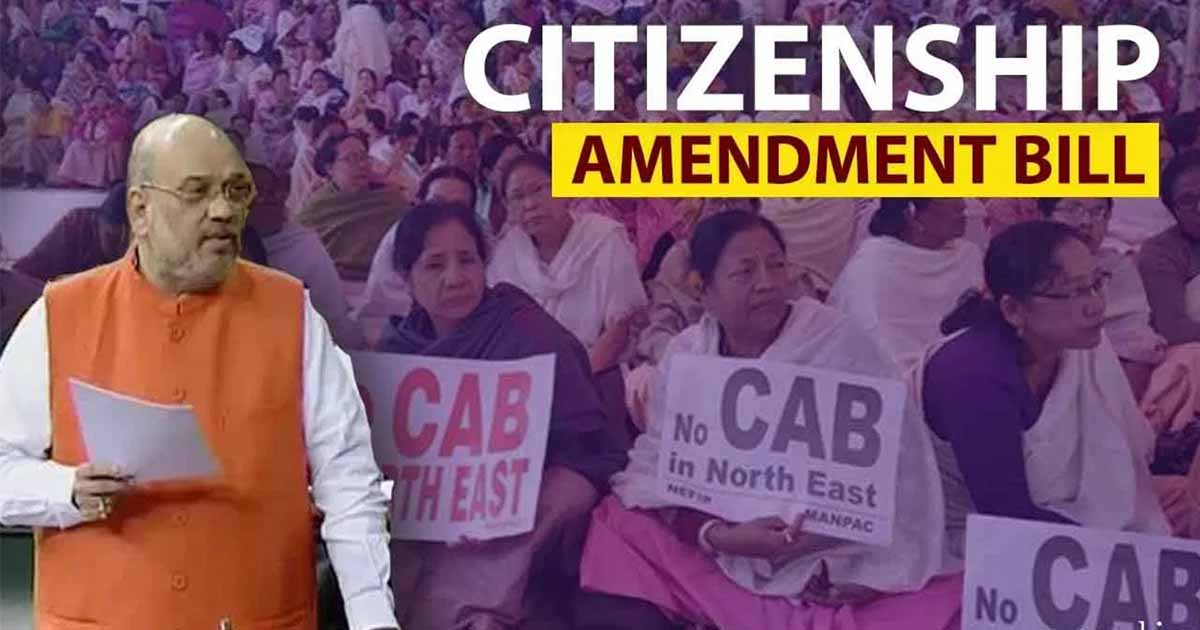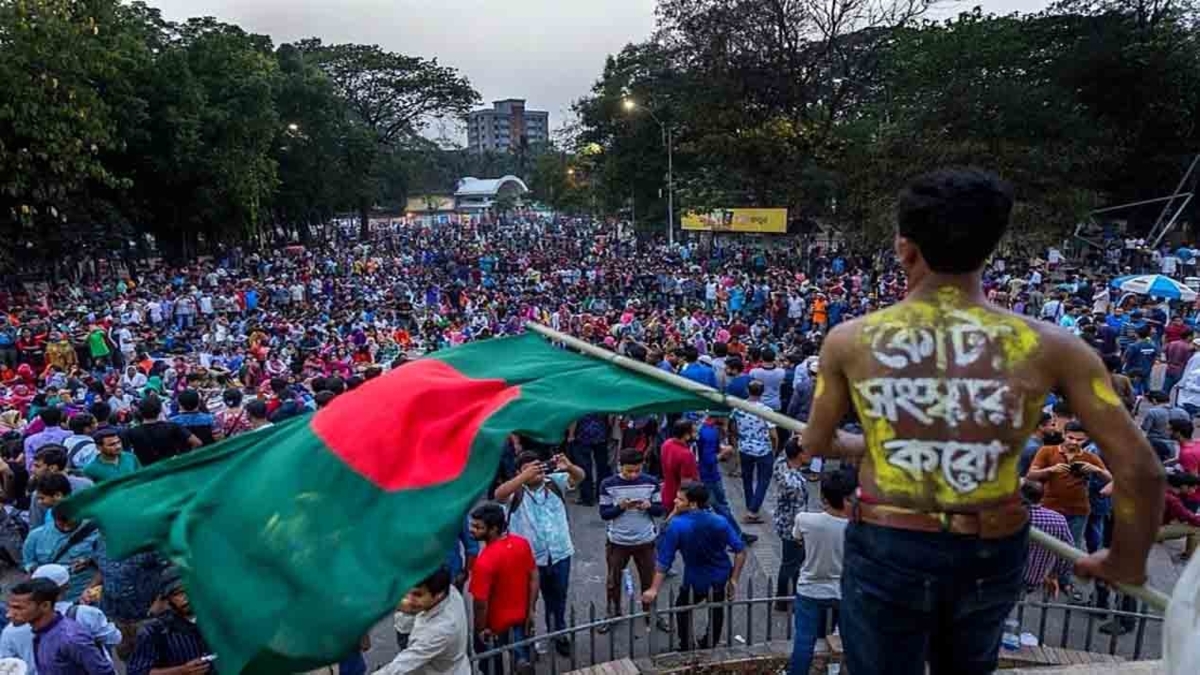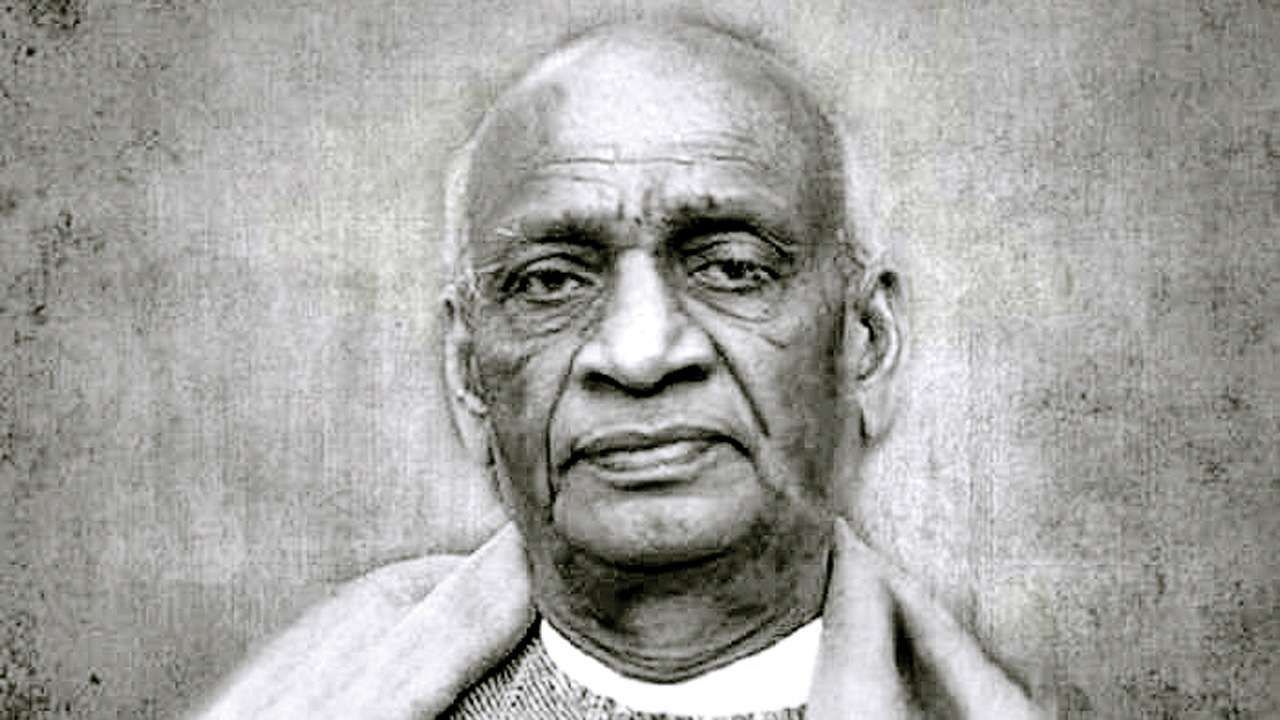For those keeping an eye on and fighting the proliferation of fake news and videos, 2023 may be seen as a turning point in the violent struggle that is still raging between Israel and Gaza. The extraordinary scope of this increase presents a serious threat to information integrity and paves the way for what could prove to be an even more difficult 2024. Important elections are scheduled for this coming year in forty nations, including significant players such as Taiwan, the US, India, Russia, and South Africa. The worldwide GDP is represented by these elections in total by over 60%, so the possible influence of disinformation is very worrisome.
There is reason to be concerned about the dissemination of false information. Misinformation during the 2016 US presidential election spiked, and new studies on the 2020 election show instances of unverified rumours, bogus screenshots, videos, and photographs making the rounds in private groups. The scenario is made more complex by the rise of “repeat offender” accounts with sizable followings.
Fact-checking groups alert the public to the expanding misinformation networks that have spread throughout nations since the last elections. There has been a noticeable increase in misinformation pertaining to videos in Indonesia, a country that has long struggled with the threat of fake news. This involves the worrying tendency of fact-checkers to speak anonymously, reporting erroneous or deceptive text overlaying real or altered films.
India, however, has its own unique set of difficulties. Boomlive, an India-based fact-checking group, has noticed a noticeable rise in misinformation about audio and a jump in voice cloning software, according to Jency Jacob, Managing Editor. In addition, the nation has seen an increase in hyper-local “deep fakes,” especially in the last few months of 2023 when compared to earlier times.
Types of Misinformation During Elections
The first important question to ask while navigating the misinformation landscape around elections is whether there has been a noticeable change or increase in misinformation. Head of Faculty’s Counterterrorism Unit, Tom Drew OBE, highlights how hard it is to gauge the extent of disinformation, especially when it comes to highly politicised debate subjects like elections. But he also notes a significant change in the strategies for spreading intentional and well-planned misinformation, pointing to the ease with which modified or synthetic imagery, like deepfakes, can now be produced.
The second query asks what kinds of misinformation are most common during election seasons. Disinformation that favours or opposes politicians and political parties falls into these categories, as do fabrications about voter demographics and the electoral process, stories about migration that are not true, reports of election-related violence, and unfounded allegations of electoral fraud or corruption. It also emphasises how large language models (LLMs) are influencing election disinformation and how ChatGPT and other user-friendly interfaces are making LLMs more accessible.
What Works in Combating Misinformation?
The main remedy is proactive participation on the part of platforms and news organisations. A research study published in 2023 by the Reuters Institute for the Study of Journalism casts doubt on the idea that disinformation is made worse by the news media. Rather, the study suggests that news can be a potent tool in the fight against disinformation if it is conveyed with responsibility and accuracy. It increases one’s acquisition of political knowledge and, frequently, strengthens one’s resistance to false information.
A list of methods to combat online disinformation has been compiled by the non-profit research organisation RAND Corporation. These resources range from information verification to localised solutions such as factcheck.org, which keeps track of factual correctness in American politics. The ‘back to the basics’ strategy is advocated by fact-checkers, who stress the need for double-checking sources, increasing on-the-ground reporting, and not assuming that the audience is knowledgeable enough to distinguish between authentic and bogus content.
Two crucial points emerge as the difficulties continue into the 2024 election year. First of all, those who need them the most—journalists covering the globe—remain unable to easily obtain the resources needed to counter false information. It is imperative that news organisations, journalist communities, and larger platforms enhance their level of interaction with local newsrooms and journalists. Second, governments should be wary of implementing backward policies that purport to stop misinformation during elections but may actually make it more difficult for journalists to report truthfully without worrying about facing criminal or legal consequences. It becomes more important to strike a delicate balance between the preservation of crucial information for voters and citizens and the battle against election disinformation.
